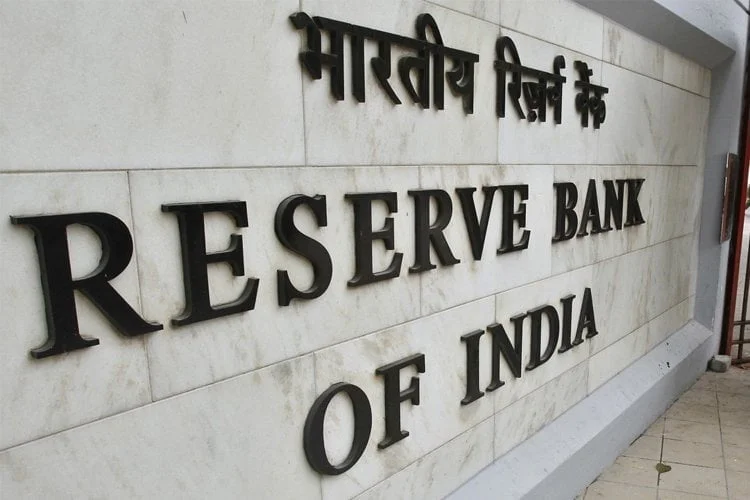Due to the risks associated with the decentralized systems, governments are pushing for a central bank digital currency. The bank of India is not left out, as it hopes to release its digital currency in phases.

RBI deputy governor T Rabi Sankar said that the Reserve Bank of India (RBI), India’s central bank, is contemplating a phased roll-out of central bank-issued digital currency (CBDC).
The phased implementation strategy has been discussed in light of the country’s foreign exchange rules and information-technology laws.
“Like other central banks, RBI has also been exploring the pros and cons of the introduction of CBDC for quite some time. RBI is planning on conducting pilots in wholesale and retail segments may be a possibility in the near future. So, some progress has been made. You know we could likely come up with this in the near future,” said Shankar.
In the near future, the Indian Central Bank, like many other Central Banks, wants to launch its own sovereign digital currency. The CBDC’s early plans indicate that it will concentrate on merchant and retail payments.
Before the phased roll-out, the government intends to execute many pilot programs.
RBI has achieved significant progress in the early development phase, according to the deputy governor, and is currently evaluating the scope of CBDCs, underlying technology, and validation processes.
With a significant increase in the number of digital payments in recent years, India is rapidly becoming a cashless society.
Although the Indian Central Bank has disclosed its ideas for a sovereign national digital currency, the crypto bill remains unclear. In the recent parliamentary session, the much-anticipated crypto law was unable to find a home.
The crypto law was written by the same inter-ministerial committee that suggested the CBDC development goals. The Indian government has shifted its attitude on cryptocurrency, from asking for an outright ban to implying that it will be regulated positively.
However, until the law is introduced in parliament, it is difficult to forecast the bill’s final recommendations and rules.
